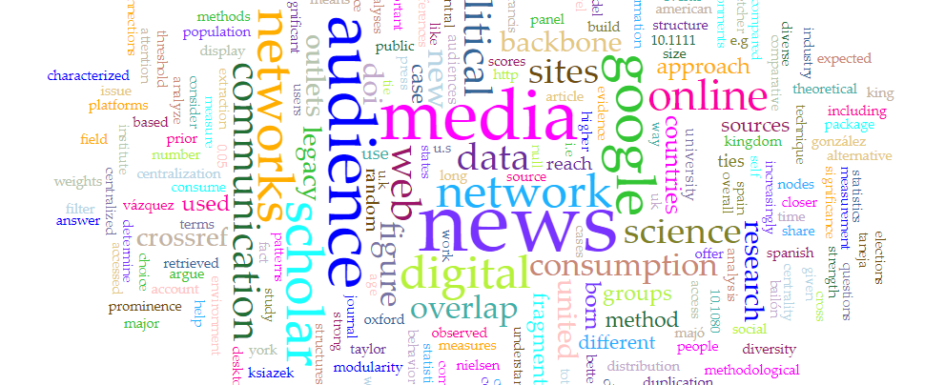How do we get news online? Networks and social influence may provide some answers
Sandra González-Bailón began her presentation to the faculty and student participants of the University of Pittsburgh’s Information Ecosystems Sawyer Seminar on Friday, Dec. 6, by discussing one of the first sociology classes she took as an undergraduate in the late 1990s. She recalled learning about the debate between two early sociologists, Gabriel Tarde and Émile Durkheim, who disagreed about what role individuals played in social institutions and social interactions. Tarde suspected that social changes or developments occurred when people with social influence adopted the change or development. He argued this influence might not happen in physical space, but rather occurred between individuals writing letters to one another, or speaking to each other on a new invention, the telephone. Durkheim, on the other hand, argued that societies exist as amalgamations of the people who comprise them. This society is a new entity that is greater than any one group of people or small cabal of influencers. Durkheim was less interested in individual interpersonal interactions that was Tarde. Durkheim was able to back up his claims with data, and as González-Bailón put it, “won” the debate. He is considered to be a father of modern sociology. But González-Bailón, who teaches at the University of Pennsylvania’s Annenberg School of Communication and the Warren Center for Network and Data Sciences and studies the way social networks form and function online, suspects that, if Tarde had lived today and had the kind of data that social media or email can yield, he would have been able to better support some of Read More

